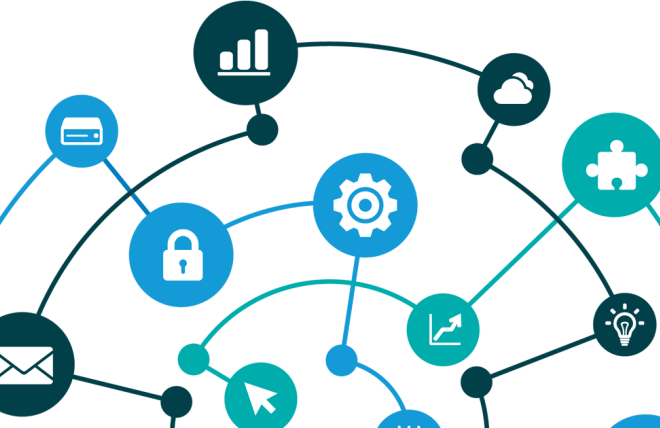
There are several reasons why an event-driven architecture (EDA) can be advantageous:
1. Loose Coupling: EDA promotes loose coupling between components and systems. In an event-driven system, components communicate through events rather than direct dependencies. This loose coupling enables flexibility and modularity, allowing components to evolve independently without affecting the entire system. It also facilitates easier maintenance, scalability, and reusability of components.
2. Scalability and Performance: Event-driven architectures can handle high volumes of events and scale effectively. As events are processed asynchronously, components can process events in parallel and scale horizontally as the event load increases. This enables systems to handle spikes in traffic and ensures optimal performance.
3. Responsiveness and Real-time Processing: EDA enables real-time processing and responsiveness to events. Components can react to events as they occur, triggering actions or initiating processes immediately. This is particularly valuable in scenarios where immediate responses are required, such as real-time analytics, monitoring systems, or event-driven workflows.
4. Event Traceability and Auditability: Events in an event-driven architecture can be logged and tracked, providing traceability and auditability. This allows for easy monitoring, debugging, and analysis of system behavior. It also enables organizations to have a clear understanding of the flow of events and the actions taken based on those events.
5. Flexibility and Adaptability: EDA allows for flexibility and adaptability in system design and integration. New components can be added or removed without affecting the overall system. Additionally, EDA can easily integrate with other architectural patterns, such as microservices or service-oriented architectures, allowing for a modular and extensible design.
6. Integration and Interoperability: Event-driven architectures facilitate integration between disparate systems and applications. By using events as the means of communication, systems can exchange data and trigger actions without being tightly coupled. This promotes interoperability and allows organizations to leverage existing systems while incorporating new ones seamlessly.
7. Event-Driven Decision Making: EDA enables organizations to make data-driven decisions based on real-time events. By capturing and processing events from various sources, organizations can gain valuable insights and respond proactively to changes in their environment. This can lead to improved decision-making, enhanced customer experiences, and increased operational efficiency.
Overall, an event-driven architecture provides benefits such as loose coupling, scalability, responsiveness, adaptability, and integration. It is particularly well-suited for systems that require real-time processing, agility, and the ability to handle a high volume of events.




